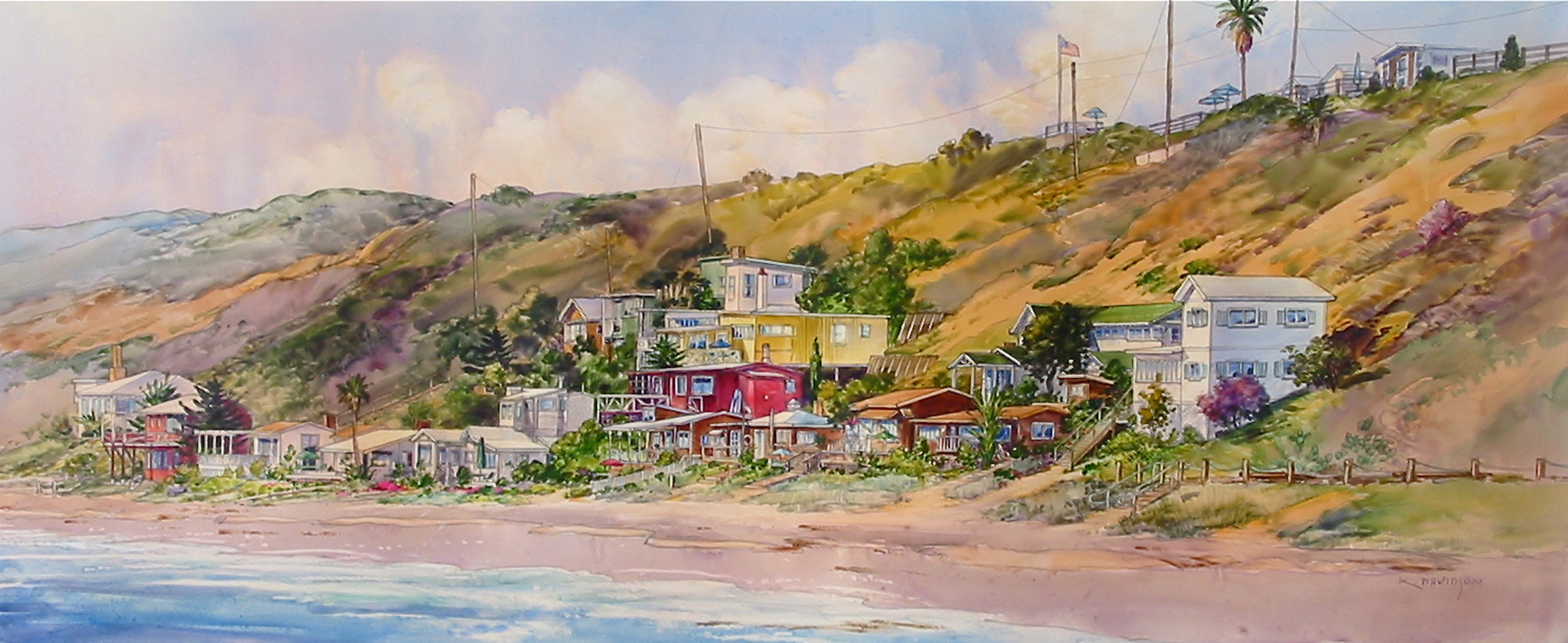Kittrell & Associates Interior Design, Interior Lighting
By Gina Dostler

There in the distance I saw it. Hovering between the clouds, a beautiful band of colors delighted my eyes and captured my heart. Bouncing against the sweet dew of the rain, the sun’s light danced its way across the sky and refracted then reflected the colors red, orange, yellow, green, blue, indigo and violet into an arc of wonder, a rainbow. I smiled.
Light is life and not just because it causes photosynthesis and thus all of the world’s sustenance. But because it is light that allows us to partake in the world inside a home, store or office. I walk into a room and lights automatically turn on and I avoid the looming table in front of me. Lights dimmed in my bedroom places me in a cozy quiet mood. Or the light in my refrigerator aids and abets a midnight raid (gotta love that light).
Light also plays an important role in the artistic realm of interior design. And it is Chris Kittrell who enlightened me on those aspects of interior lighting. She graciously provided stellar insights garnered from her experience and natural ability to bring light into design.
You are an award winning designer and a professor at the Interior Design Institute in Newport Beach and that tells me you love what you do. When did your passion for interior design begin?
It basically all started when I was young. I am the oldest of five children, so naturally I was given the task of babysitting my siblings when my parents were away. So after they would leave, I’d take a look around the house and decide the sofa would look better against the other wall, move the armchair somewhere else, and maybe place the coffee table in another position. To my parents’ surprise, I’d have a whole new room arranged for them when they got home. Such was my first attempts at design. It was an early calling for sure and an inherent talent. As an adult, I received a BA in art education and have never lost my interest in art. I love working with lighting because it can make or break a design. It’s not necessarily always the design that captives the room, it is the lighting. Lighting makes things come to life, creates the right mood and makes a difference in the aesthetics of any home.

What is your favorite challenge in interior lighting for a home?
I love to come at the beginning stages right from the get go and really look at the blueprints to develop an overall space plan and make sure the layout of furniture functions as intended. Then I can visualize the lighting that would step up the design and produce the look desired. It is critical for every renovation to have a plan for lighting. Not just ambient lighting, but task lighting, sconces, foyer lights, chandeliers and pendant lighting. Even for small projects of changing wall colors, lighting should be considered so the right atmosphere can be captured and so that recessed fixtures can be installed before the ceilings are textured and painted.
When designing a room, how does the space of the room affect lighting?
Space planning is absolutely critical. Task lighting for a casual game of chess, a reading chair, or cooking island will all need brighter lights. Once the space design is finalized, the lights can be placed in the proper location to highlight each area according to its purpose. I spotlight focal points such as artwork or statues. Wall sconces are great for bringing a soft focus to a room whether it is on either side of a bed or a fireplace. All this must be thought through from the very beginning of the design concept, incorporating it into electrical plans.
I work with the architects and builders as a team, in the spirit of collaboration for the best possible result for our clients. Clients should be advised to provide a healthy lighting budget as part of their contracted allowances. As the interior designer I work with the clients to help them make intelligent choices with suggestions I have made based on my education, experience and lighting sources.

Lighting brings various colors to a room. How do you use that to affect a certain atmosphere?
Light fixtures such as pendants , lamps or floor lamps can serve as both art pieces and lighting. A floor lamp with a shade made of parchment colored silk allows light to shine through it, creating a diffused quiet look, but still provides soft color. Or a red base of a lamp can help distribute “red” as an accent color throughout the room. Hand-blown Murano glass pendants frequently display colorful swirls which look exotic and punctuate any kitchen or office with color.
What other techniques might be used to make different types of ambiance?
I take a “layered lighting approach.” The overall lighting may be recessed halogen lighting, usually 4 inches in diameter. These serve as “whole room” or ambient lighting and are generally put on dimmers to allow a softer look. These same halogens can have directional or “scoop” trim that allows spotlighting is desired. Then we can “layer it up” with a selection of decorative sconces, cove lighting and table or floor lamps as appropriate for each room.
Wall washing is very popular where the lights are recessed into the ceiling and reflected onto the wall at even intervals. This has the effect of highlighting and bringing out the detail on textured surfaces, adding visual interest. I also place almost all lighting on dimmers. It saves energy and sets different moods in the room a allowing a “lighting scenes. Dim the lights low for a romantic evening or keep them bright for functional use.
What are the popular light fixtures these days?
It all depends on the style we are creating. In a more contemporary home, hanging pendants provide a popular accent, suspended lighting over an island or desk. The smaller jeweled pendants might be used to vary the atmosphere with a traditional home and may be made of crystal. Pendants also come in large bowl sizes, either alabaster or glass, and are used to reflect the light up and out instead of directly below. Chandeliers have always been popular and still are a good choice with many more styles and materials available now. Then there are LED light strips, tapes that have an adhesive to place under cabinets and or behind crown mouldings for cove lighting. These lights are powered by a small “drivers” and create lovely lighting with their soft glow in either warm or cool tones.
Monorails provide a very unique look over kitchen islands or in offices, and offer small halogen bulbs inserted into various colored “heads” that are adjustable on the rail.

Are there any lighting fixtures to avoid? Which ones do you like?
I avoid fixtures that look inexpensive or the ones that look boring or generic. I prefer highly interesting lamps. I like to use a variety of fixtures, candlestick lamps, table lamps, or desk lamps. There is a very cool and sleek Z-Bar LED product for desk or floor lamp that is about 1 inch in diameter and provides bright reading light while taking up minimum space.
I also like to include home automation in my lighting designs, educating my Clients as to its power and convenience. Lighting can be automated in one room or in the whole house as part of a larger system. With home automation you can set the home with different lighting scenes, for instance a cooking scene, entertaining scene, all preset to go with a touch of the finger on your iPad or remote. Clients can for example switch from brighter “cooking” scenes to a softer and layered “entertaining” scene with the touch of a finger, its fun and effective.
What are the advantages to installing recessed or track lights?
Track lighting is great and still popular. It can be very useful when an attic is not available to use recessed lighting. I just recently recommended track lights to the owner of a beach house that had tongue and grove ceiling with no room for recessed cans. The home has beams and I suggested low voltage halogen lights with 2” heads that I swiveled to highlight various parts of the room. It’s a perfect lighting setup where it is difficult to get overhead lighting installed. Monorails, suspended from ceiling to focus on desks or to provide functional task lighting over the kitchen in the same way.
CONTACT INFORMATION:
Chris Kittrell, CID, Allied Member ASID
Kittrell & Associates Interior Design
949-737-5511



